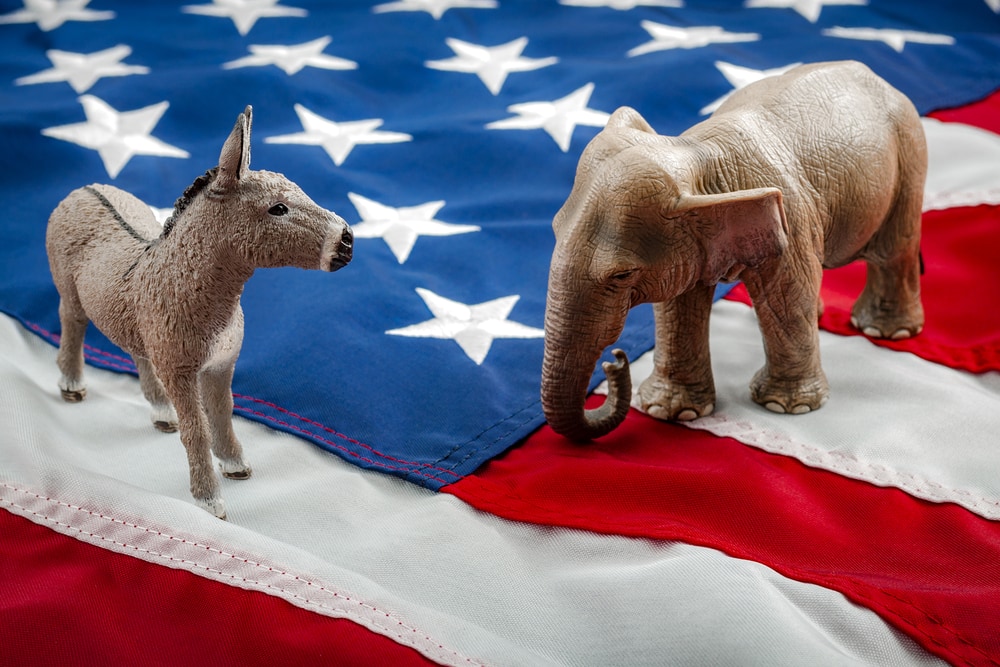Insurance industry needs better arguments for ‘price optimization’
Back in her high school days, my daughter got to be a pretty darned good field hockey player, eventually became the captain of her team. But in her sophomore year, Regina was still locked in a competition with another student athlete to earn a spot on the varsity squad’s post-season roster.
The other young lady was picked instead and, of course, we were disappointed. But the major grievance came when the coach let us know the other child was selected because her parents would have raised a ruckus had she not been, and the coach knew we wouldn’t complain.
Something very similar appears to be going on in auto insurance pricing. Some very clever companies — in particular, the consulting firms Earnix and Towers Perrin — apparently have found big data patterns that allow them to make calculations about customer loyalty, inertia and price sensitivity. It’s what the economists call elasticity of demand.
Earnix boasts on its website:
Where allowed by regulations, Earnix enables insurers to customize rates down to ‘a segment of one,’ offering each customer the best possible product and price combination to meet customer demand while optimizing company goals for retention and profitability.
This is clearly an innovation that would not have been possible without the modern digital economy. That we have enhanced predictability is clearly a good thing. For now though, I’m going to focus on the contingency expressed upfront “…where allowed by regulations.”
The practice and culture of insurance pricing long has been predicated on making sophisticated estimates of risk and matching the appropriate premium to that projected exposure. This new wrinkle in the pricing matrix certainly has a nontraditional twist.
I’m always disposed to let markets sort out pricing. Heritage once did a study that showed no beneficial long-term effects in more than 4,000 years of attempted price controls. But it strikes me there are certain unique dangers insurers face in going off message in their never-ending quest to match cost-centric pricing to risk factors and to avoid political thumbs on the scale.
Virtually all states have a basic law regulating pricing of insurance contracts which dictates premiums must be sufficient, neither excessive nor “unfairly discriminatory.” That latter bit of language typically has been interpreted to mean that it is literally against the law to charge different premiums to customers with identical risk profiles. To discriminate among potential insureds on the basis that one customer is more likely to comparison shop elsewhere than another may be legally problematic, as former Texas Insurance Commissioner J. Robert Hunter, now director of insurance at the Consumer Federation of America, has argued in letters to several state regulatory agencies.
I tend to think this is a minor issue, as no one could pretend rates aren’t adjusted all the time based on marketplace variables like competition, a company’s desire to expand or contract in a particular territory or a host of other reasons. Insurers also long have used loyalty discounts to try to retain their most favored customers. Management at insurance companies are informed by their actuarial departments, but not necessarily bound by their sophisticated math. But this process is relatively opaque to the public and, frequently, is considered proprietary.
In the industry’s defense, “same-risk profiles” may be as difficult to define and identify as “revenue-neutral” tax reform. Nonetheless, the more complicated the industry’s argument becomes, the more regulators and politicians will want a look inside the black box. That’s likely something an industry that already faces political headwinds on amorphous concepts like the “affordability” of insurance might want to avoid.
If the industry wants to fight for “price optimization,” it had better be prepared to show how it would benefit consumers broadly. The industry already faces fights on so many fronts, from flood insurance to the stacking of liability coverages to diminished value definitions to the use of credit information in underwriting and rate-setting to rating by age and gender. Pursuing price optimization solely on the basis that this kind of big data mining will increase the industry’s profitability is unlikely to get a sympathetic hearing in the court of public opinion, in my judgment.







